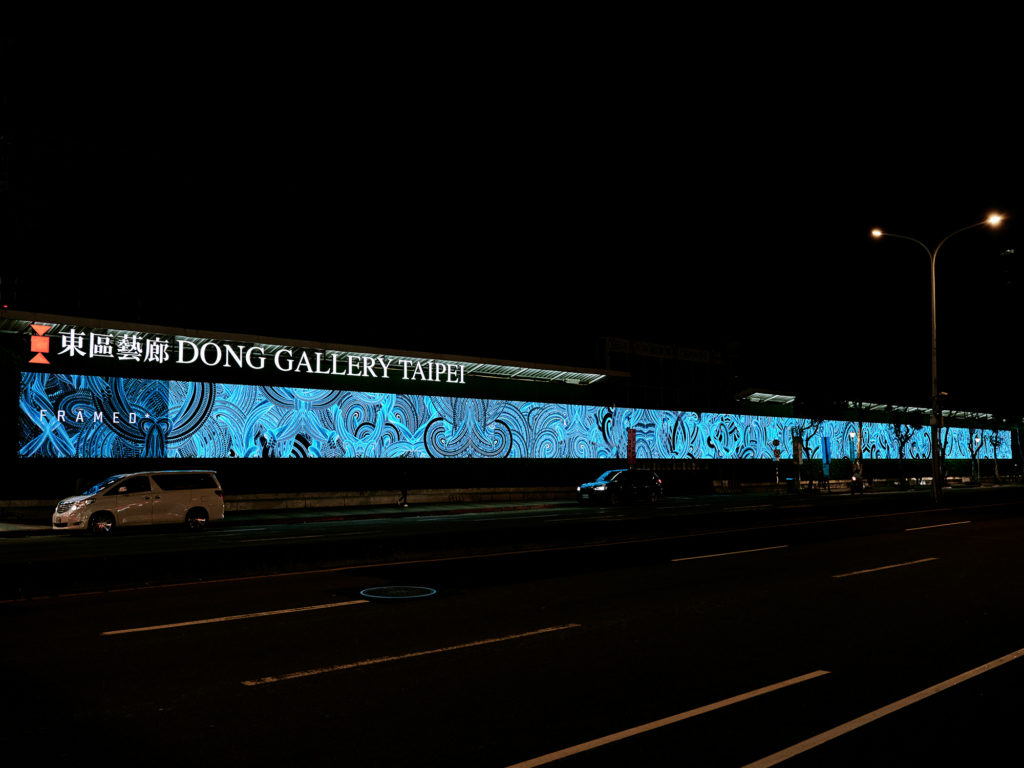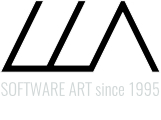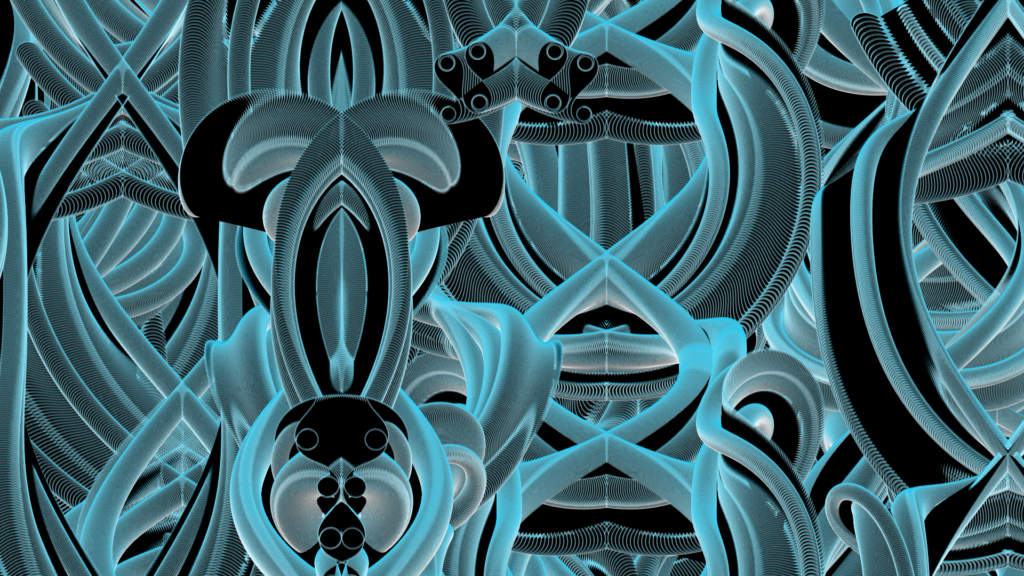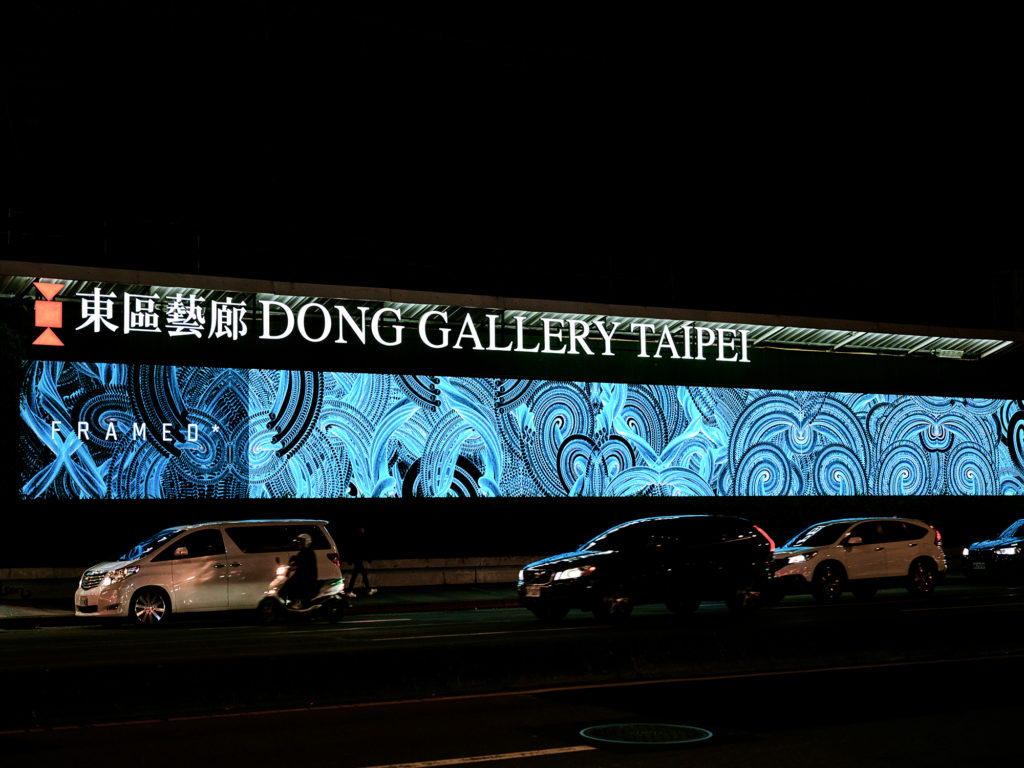Fluctus, generative Application
Fluctus
LIA has a deep understanding of how computational art exists beyond the material flow of things. Being above all subface, a computational artwork is code, data and metadata. As Boris Groys posits, it is not object but benjaminian aura. From programmatic descriptions, computation — which is itself the artwork — is enacted and gives rise to objects: sensorial effusions that are temporarily and fleetingly created; that are brought to the world just to quickly disappear, leaving nothing but impressions lingering in one’s memory. This is art as flow, art as process, art as concept, art as event. This is an art that looks at the future and leaves us with cursory traces that we often mistake as the work. This is living art.
This is however not the reason why LIA’s works often seem to display organic formal traits. LIA’s living structures are certainly not biological, nor do they try to simulate biological processes, or to mimetise organic forms. The unfolding of a piece such as Fluctus expresses its wholeness and leaves behind prochronistic traces that may allow the inference of the complexity of the morphogenetic processes churning away at its computational core. We mesmerise at these outputs in a highly abstract and alien context that is nevertheless rife with all too familiar patterns.
// Text: Miguel Carvalhais
Exhibitions
Dong Gallery Taipeh (public display)
curator: ilip Visnjic (FRAMED*)
Dong Gallery Taipeh, Taiwan
2019/02/16 – 2019/03/23
Fluctus @ Dong Gallery Taipeh, Taiwan, 2019/02/16 – 2019/03/23
Photos by Dong Gallery, thank you!


